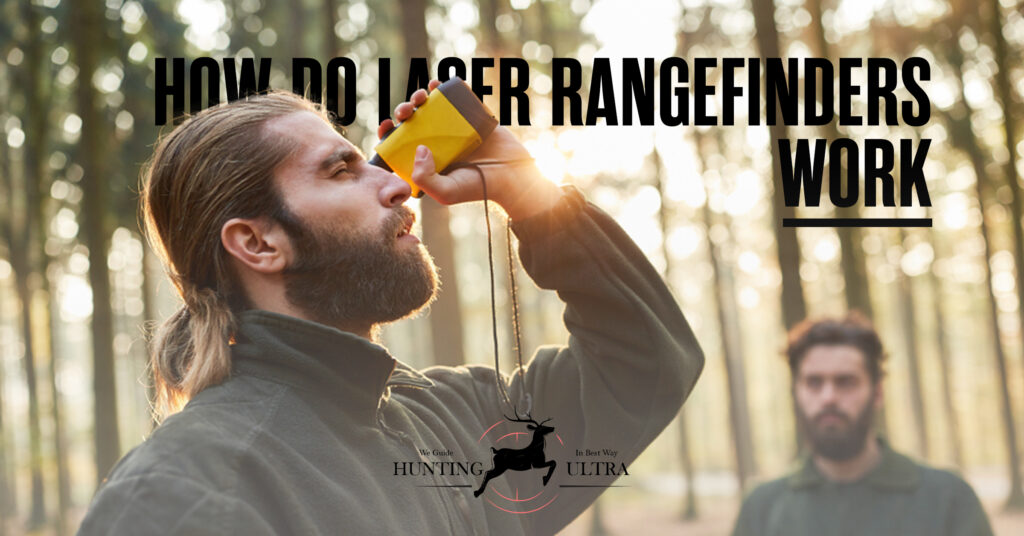You’ve probably seen laser rangefinders in movies or TV shows, where the good guy uses one to scope out the enemy’s position and take them down. But how do these devices actually work? Laser rangefinders are becoming increasingly popular, both for military and civilian use. They have a wide range of applications, from surveying to hiking to golf. If you’re curious about how they work, read on for a brief explanation.
What is a laser rangefinder?
A laser rangefinder is a device that uses a laser to measure the distance to an object. The rangefinder sends out a pulse of laser light and measures the time it takes for the light to bounce back off the object. The rangefinder then uses this information to calculate the distance to the object.
How Do Laser Rangefinders Work?
Laser rangefinders emit a laser beam that reflects off of objects and back to the device. The rangefinder then measures the time it takes for the laser beam to return and uses that information to calculate the distance to the object.
Most laser rangefinders use a very small, powerful laser that is safe for human eyesight. However, some older models used infrared light, which can be harmful if looked at directly.
The distance measurement is displayed on a digital readout or an analog scale. Some models also include features such as a compass or inclinometer.
How are laser rangefinders used?
Laser rangefinders are used in various ways, depending on the specific application. For example, they can be used to measure the distance between two points or to calculate the height of an object. Additionally, laser rangefinders can be used to create 3D models of objects, or to map out an area.
You can visit our other blog: How To Change Rangefinder From Meters To Yards in 2023
Pros and cons of using a laser rangefinder
Laser rangefinders are devices that emit a laser beam and measure the time it takes for the beam to bounce off an object and return to the device. Rangefinders are used in a variety of applications, such as surveying land, measuring the distance to an object, or determining the height of a building.
There are several advantages to using a laser rangefinder over other methods of measuring distance. Laser rangefinders are more accurate than tape measures or wheel-based devices, and they can be used to measure the distance over long distances with greater accuracy. Additionally, laser rangefinders are relatively easy to use and can be operated by one person.
However, there are also some disadvantages to using laser rangefinders. Laser rangefinders can be expensive, and they require batteries or an external power source in order to operate. Additionally, laser rangefinders can be affected by environmental conditions, such as fog or smoke, which can reduce their accuracy.
Conclusion
We hope you enjoyed learning about how laser rangefinders work. These devices are becoming increasingly popular, especially among hunters and golfers. With a better understanding of how they work, you can now decide if a laser rangefinder is a right tool for you.
FAQs
How do laser rangefinders work?
Laser rangefinders emit a laser beam that reflects off of objects and back to the rangefinder. The rangefinder then measures the time it took for the laser beam to travel to the object and back to calculate the distance to the object.
How accurate are laser rangefinders?
Most laser rangefinders are accurate to within 1 meter. Some higher-end models may be more accurate, while some lower-end models may be less accurate.
What are the benefits of using a laser rangefinder?
Laser rangefinders can be very helpful for golfers, hunters, and others who need to know the exact distance to an object. They can help you choose the right club for your shot, or determine whether or not you have a clear shot at your target.
Are there any disadvantages to using a laser rangefinder?
The main disadvantage of using a laser rangefinder is that they can be expensive. Some models can cost several hundred dollars. Additionally, they require batteries to operate, so you will need to keep spare batteries on hand.



